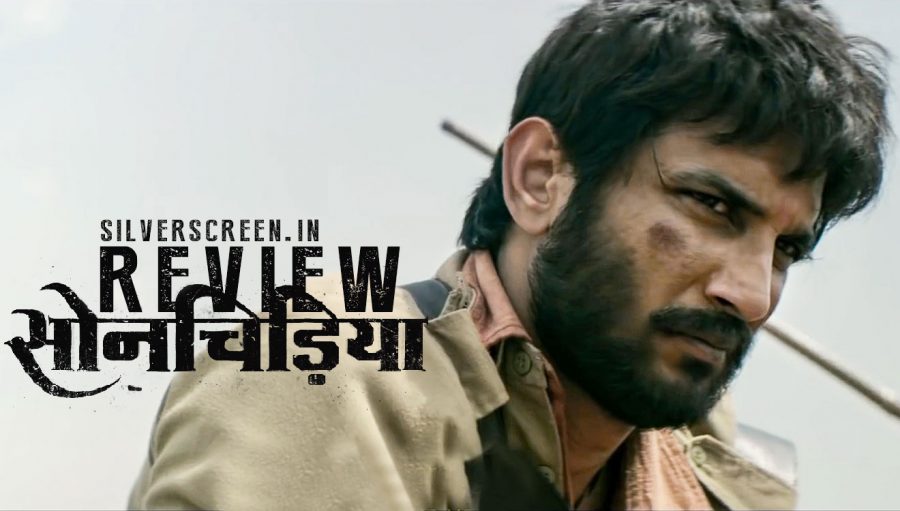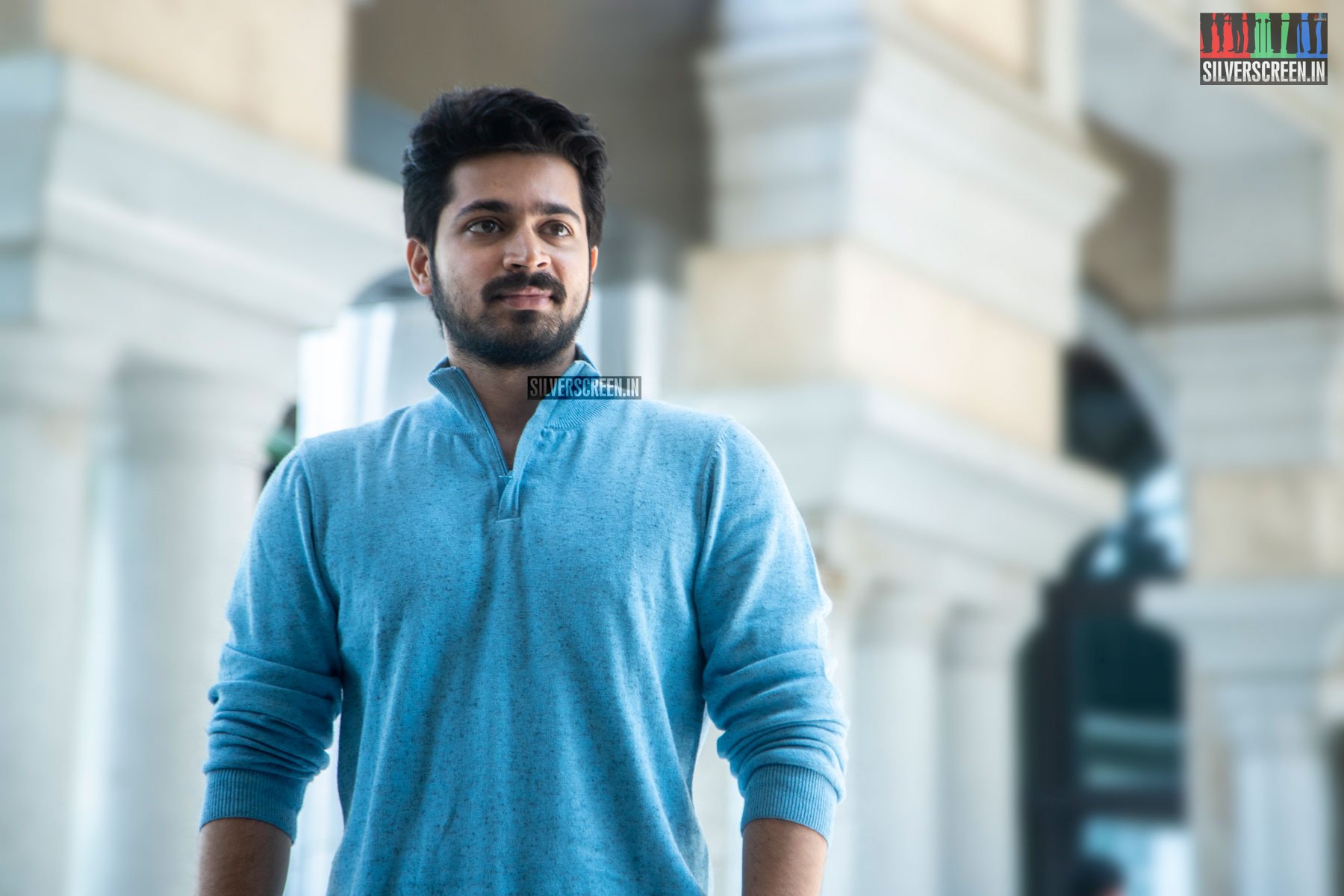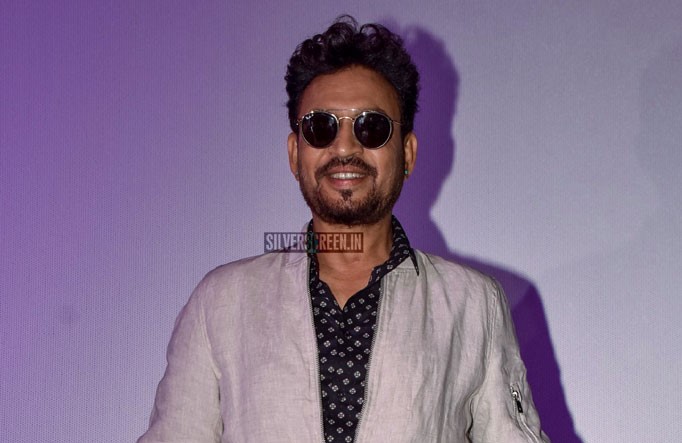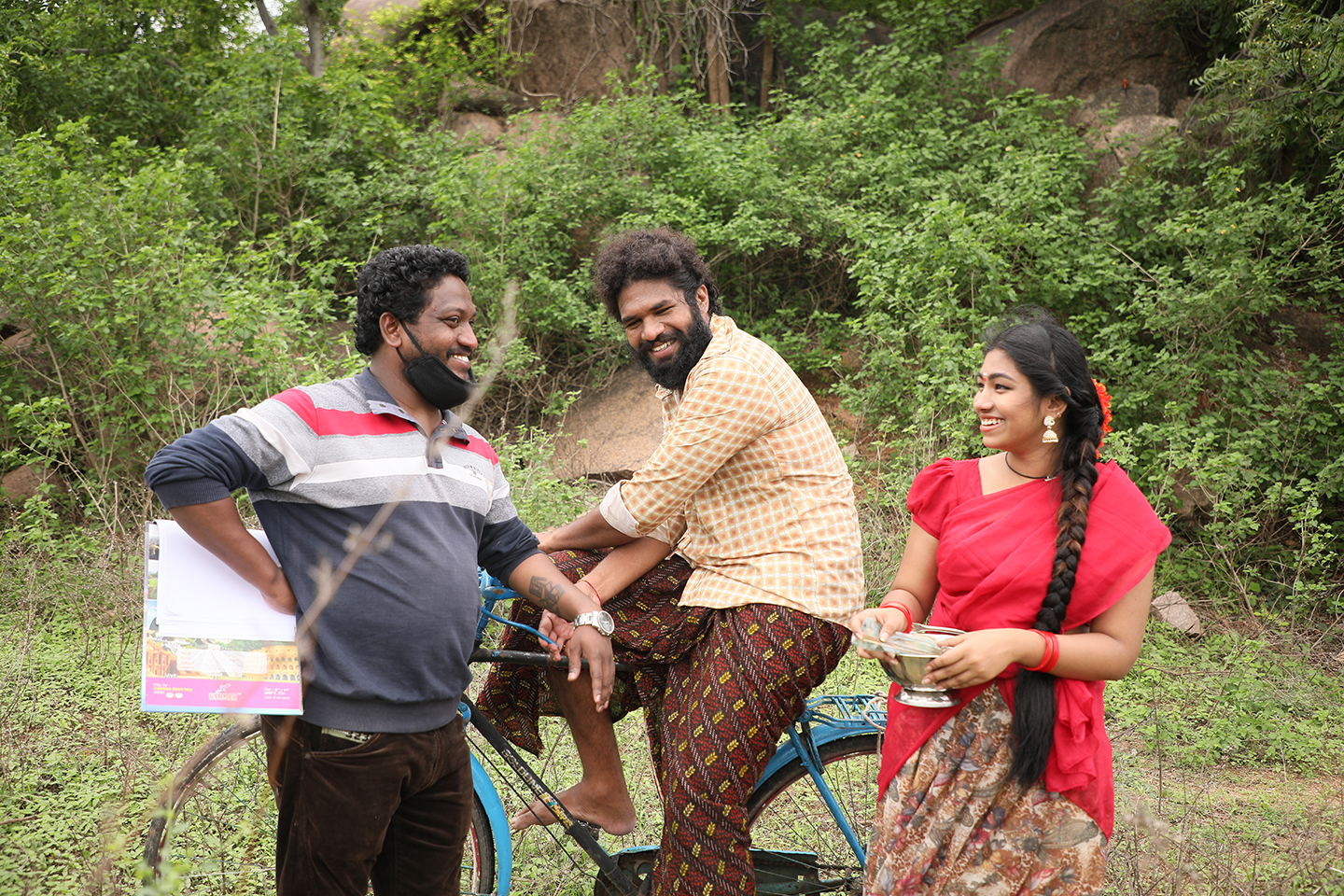Director: Abhishek Chaubey
Cast: Sushant Singh Rajput, Bhumi Pednekar, Manoj Bajpayee, Ranvir Shorey
Abhishek Chaubey is not a fan of putting text on screen. Sonchiriya begins with a dead snake on the path of some rebels, universally understood to be a curse. Man Singh (Manoj Bajpayee) tosses it away with the barrel of his gun and continues on his path while the others look on with measured scepticism, already thinking about a different route to take. We get no helpful information from Chaubey or writer Sudip Sharma about the place and time that we have landed on. We get that later, when a little boy runs into a house bouncing with feisty joy of a wedding, a paper fan in his hand with the image of Indira Gandhi at its centre. As a decoy operation begins, we also get the voice of Indira Gandhi declaring Emergency. For almost the entire run of Sonchiriya, Chaubey and Sharma like to play hide and seek with information. They give us some and then hold back a whole lot. Information is constantly rationed in this film about dacoit/rebel gangs in the plateau of Chambal. They also play fast and loose with the time period. It is a fascinating exercise in anachronistic historic fiction where names from the real-world co-habit with fictional characters in entirely different eras.
There are ghosts inhabiting this film while a larger ghost of Steven Spielberg’s Saving Private Ryan looms over it, in the form of unbridled gunfire and at the level of plot detail – delivering someone safe. There is also the larger question of deliverance as the members of the gang – from Man Singh to Lakhna (Sushant Singh Rajput) and Vakil Singh (Ranvir Shorey) bicker about the dharma or duty of a baaghi (rebel). In the land of Chambal at the edges of Madhya Pradesh and Rajasthan of 1970s, this comes down to reinforcement of caste and masculine pride. Words about the pride of a Gujjar appear even as a gang of Thakurs come for their lives. The Thakurs serving as constables to a Gujjar inspector talk about the god created food chain, the hierarchy. Spielberg’s film ends with Captain Miller making one last appeal to Private Ryan – “Earn this”.
Sonchiriya does not and cannot borrow that idealism for this cynical world is not made for it. More than ideals, it is remorse that rules the land – some display it while others run away from it and most of them hold none of it. Chaubey’s film goes back and forth between past and the present, the remorse manifesting as ghost in front of others, and characters who are dead to us in the film’s timeline returning as possessed beings to talk about their deeds and regrets. Sonchiriya, in that fashion, is a bonafide horror film, the horrors of caste and patriarchy laid bare.
It also offers searing visual commentary of its time period and Chaubey manages to recreate that horrific atmosphere with the help of Chambal’s dry and putrid expanse. He uses aerial shots to film the barrage of gunfights and Mexican standoffs, and the interior shots are as peripatetic as the gangs themselves. A particular delight is a rare gun-less sequence at the home of a smuggler where the gang rests for a night. Caste pride and violence are at its highest and the film incorporates Emergency iconography wherever possible. The opening action sequence has the police jumping out of a van with the words pragati [progress] printed in bold on them and the gang eventually escapes in the same vehicle.
More than forty years later, the word “development” still haunts us, Chaubey seemingly suggests. Man Singh says the promises of the government have been more dangerous to them than their bullets. The last few scenes, much like Saving Private Ryan, are filmed amidst ruins as if to suggest that it was one of the most destructive and embarrassing periods the country has faced, and Chaubey adds one more detail to it – once again, the van they escape in is the one used for announcing the government’s Family Planning program – the Emergency period forced sterilisation. Chaubey likes dark humour for he uses this moment to unearth some truths about a family while referencing a Jack Nicholson film along the way.
Recommended
The film has a Greek tragedy tinge to it attached with its own version of mythology. Just like Apollo would descend upon mortals and demand a sacrifice, the gang talks about a sacrifice to the Mother as appeasement to lift the curse. The themes follow from there: of errors in judgement, of tragic flaws and deliverance, the characters restless to meet their fate. Sudip Sharma and Abhishek Chaubey manage to create a canon of their own from the real word with a self-contained mythology where one of the main characters is a Tomar – Indumati Tomar (Bhumi Pednekar) – and Phoolan Devi herself descends to save a life and invites a woman to join her gang. What the woman – a Thakur replying to a Mallah – says next informs the horrors of even today, of lives caught in the crossfire to this day.
*****
The Sonchiriya review is a Silverscreen original article. It was not paid for or commissioned by anyone associated with the movie. Silverscreen.in and its writers do not have any commercial relationship with movies that are reviewed on the site.



